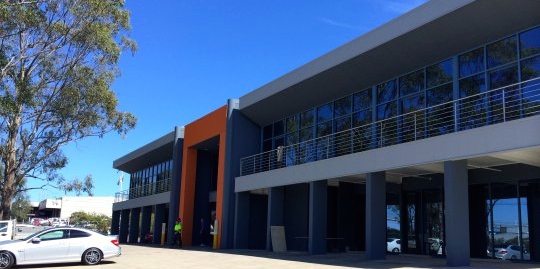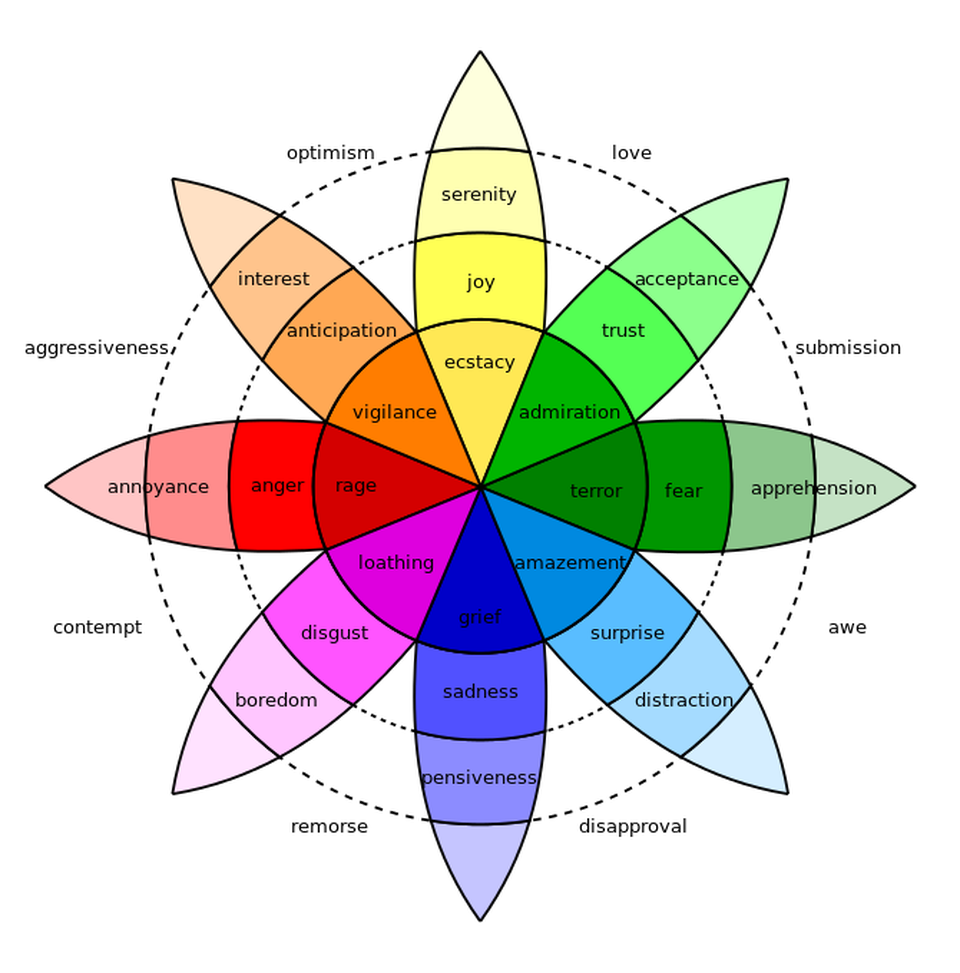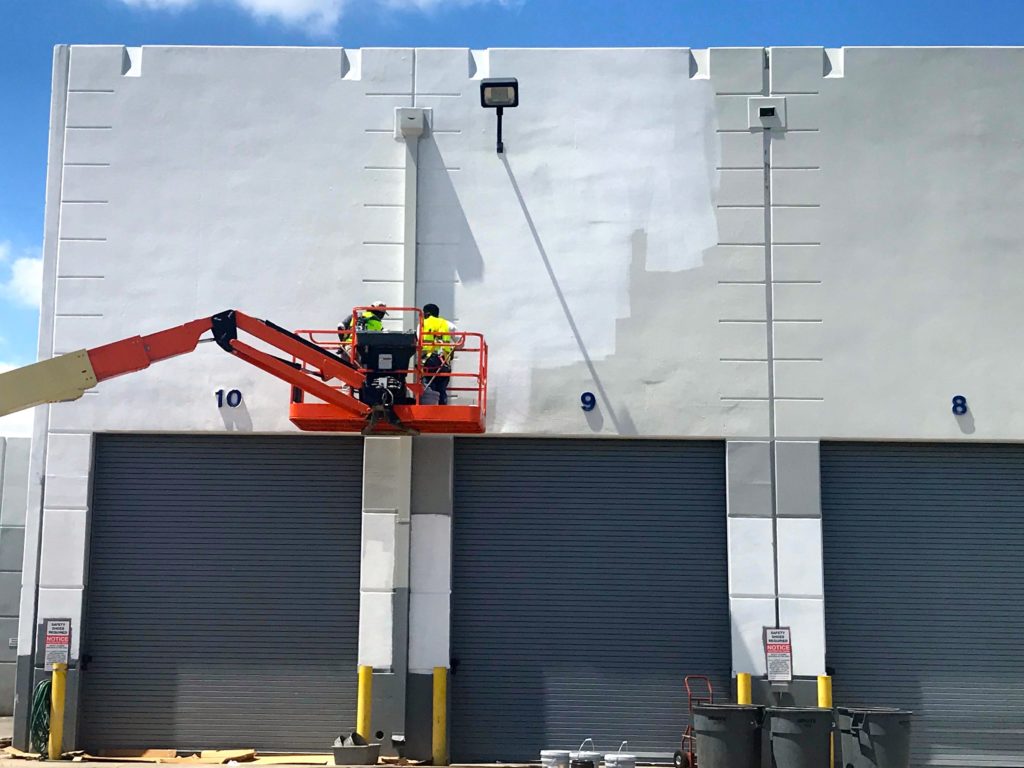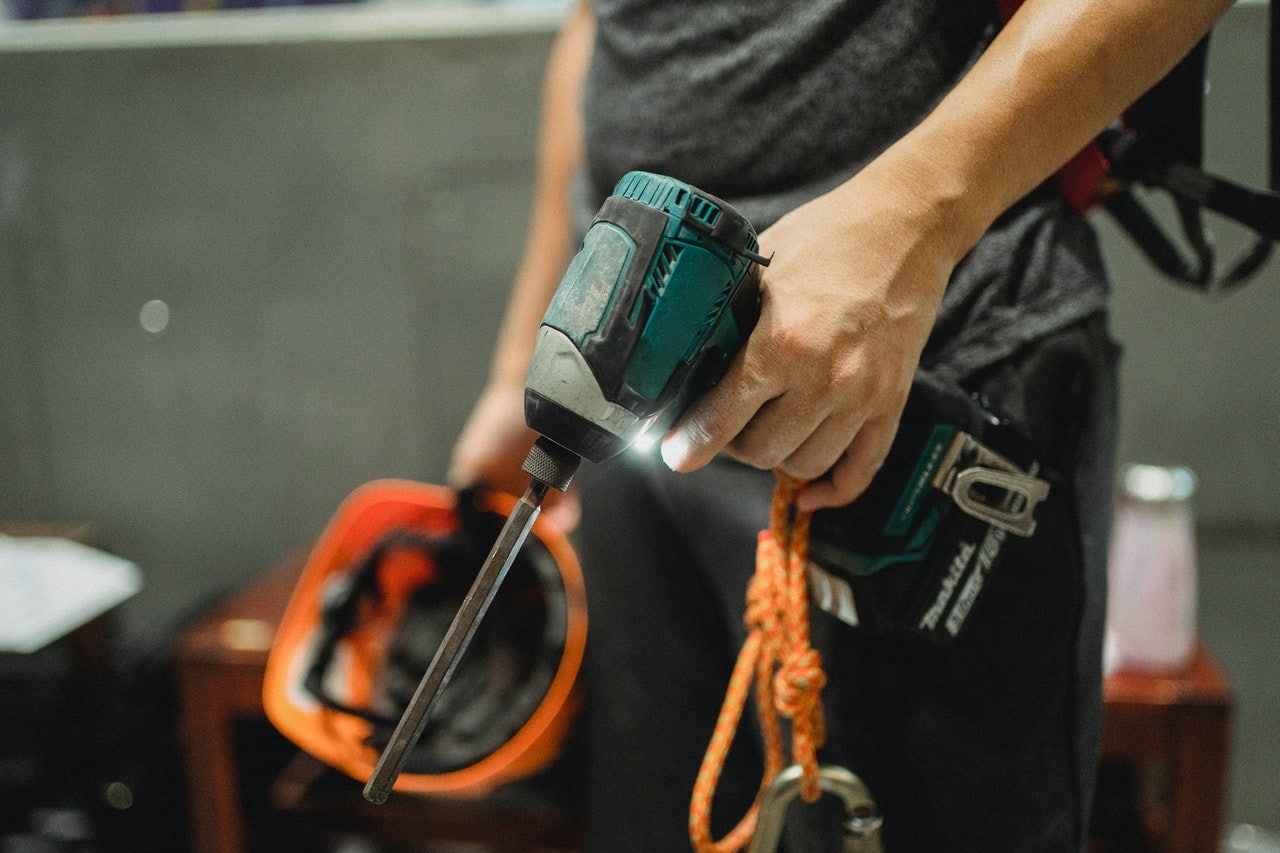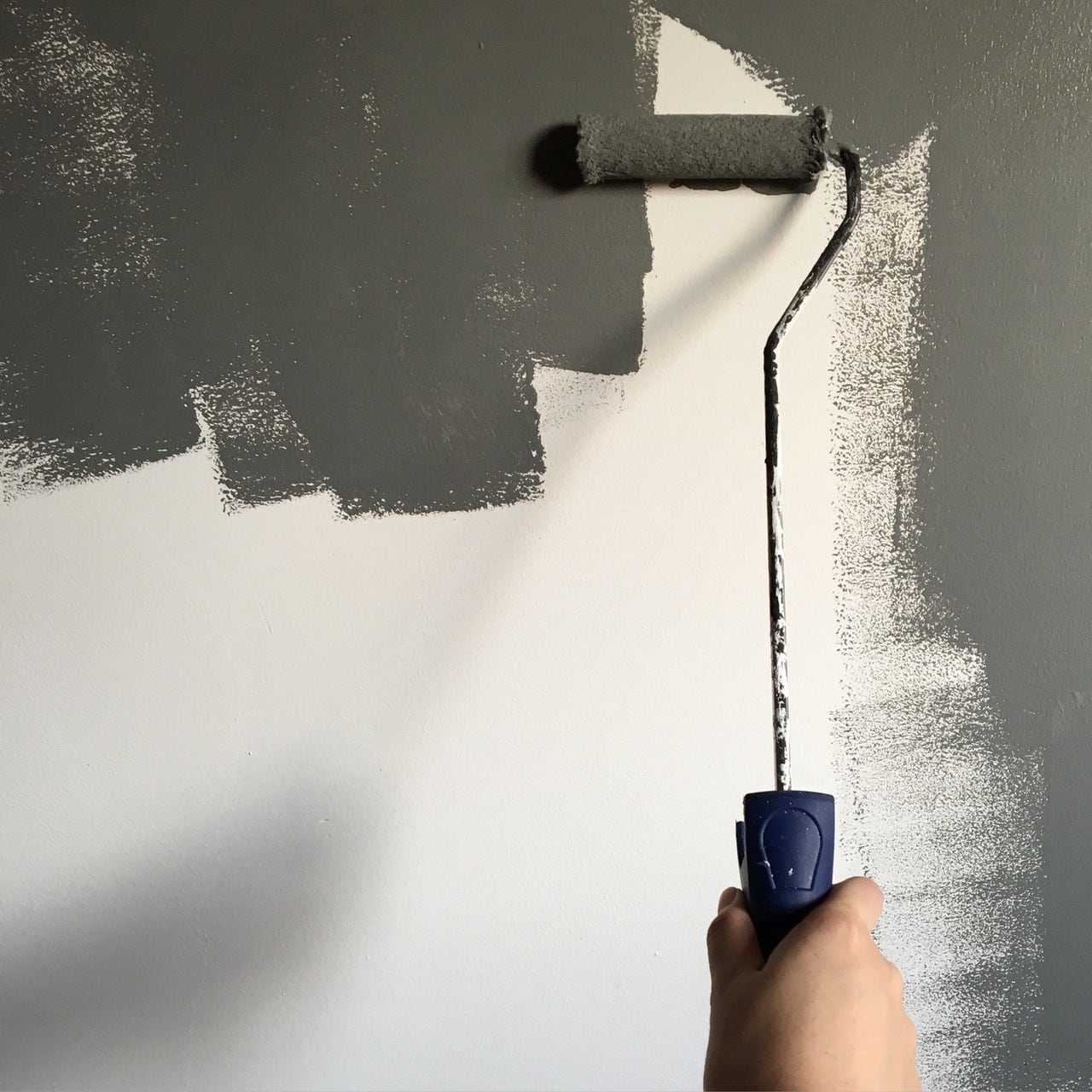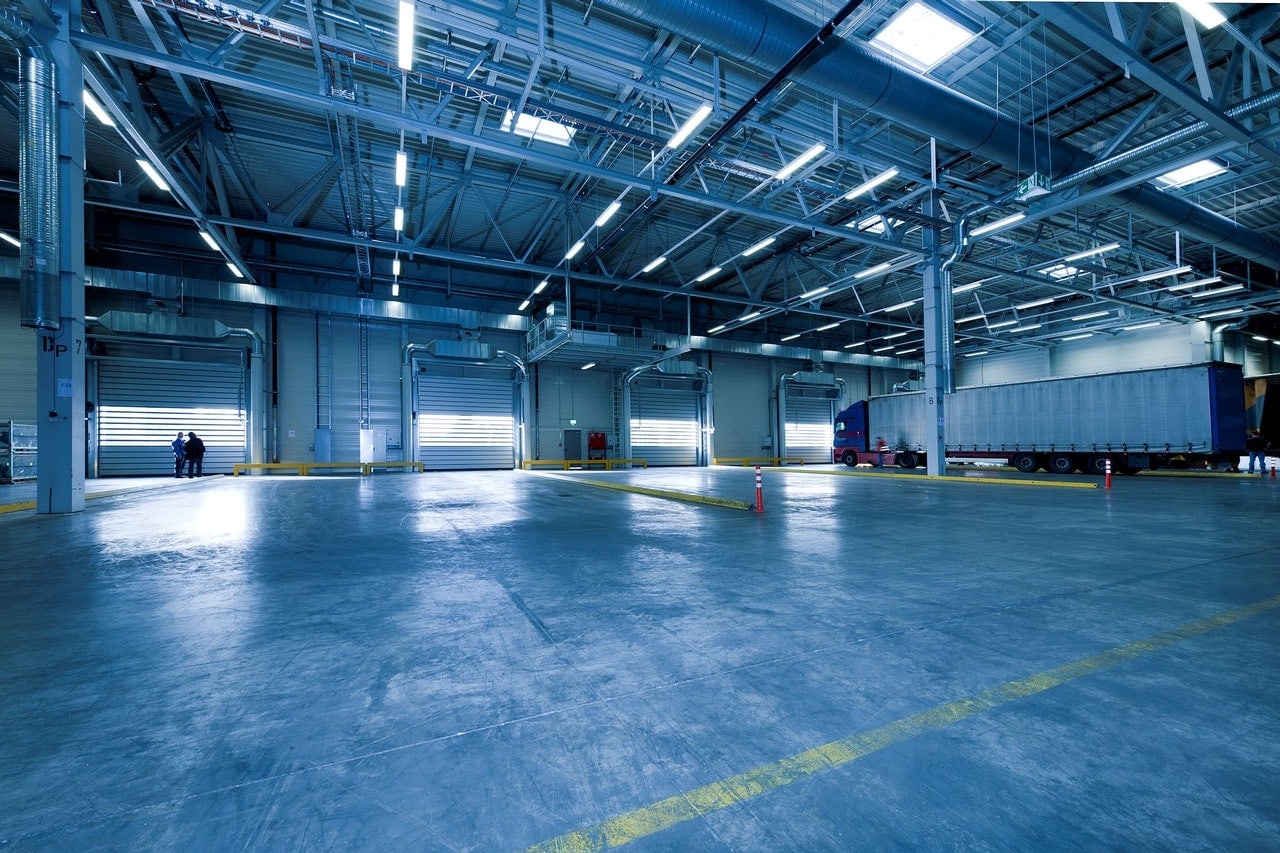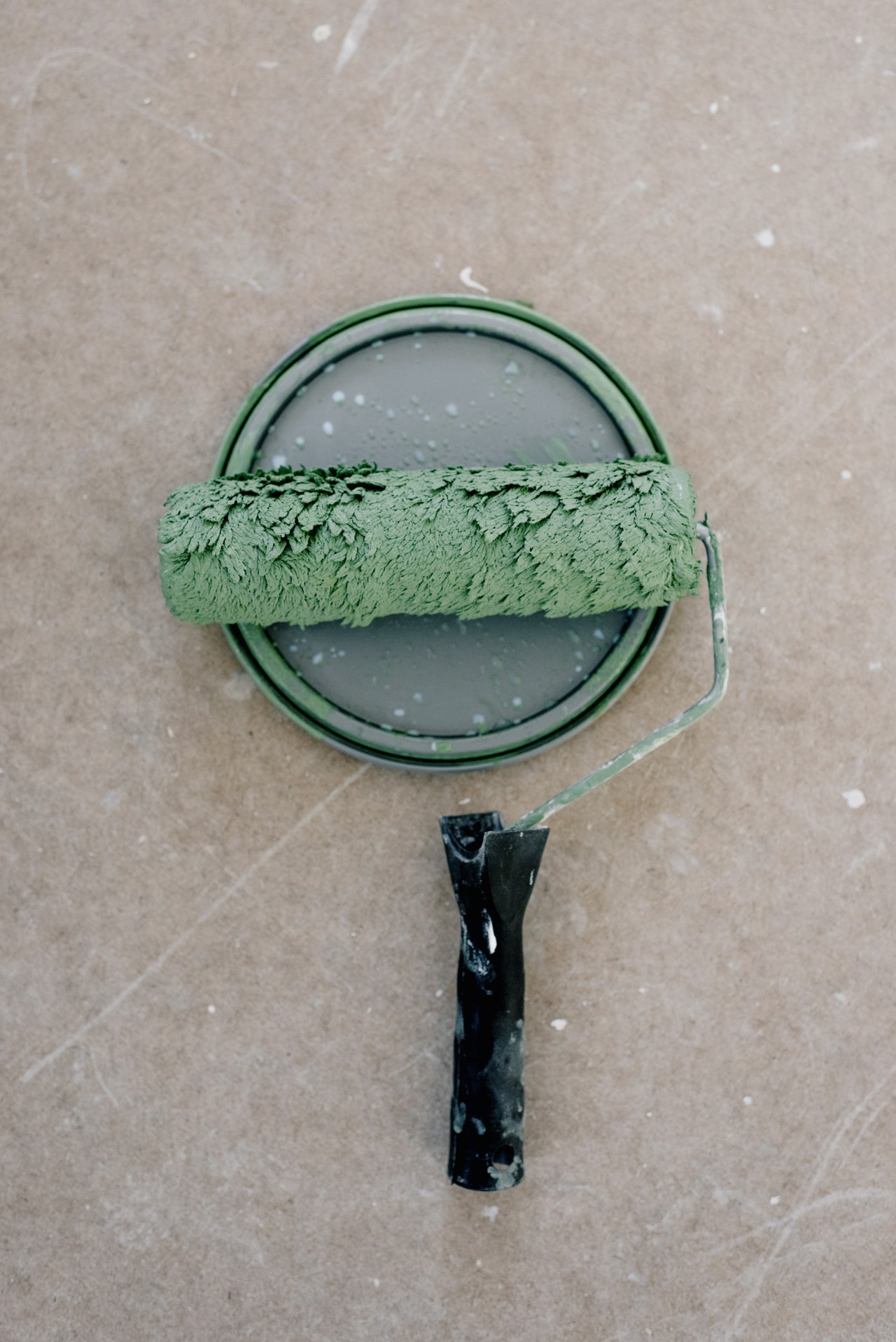Choosing The Right Color Paint Is A Big Deal
One of the first things you’ll need to decide when you think about painting your business is what colors you want to use. There are some things you’ll want to keep in mind while you’re choosing your colors because they will affect not just how you feel about your business but how your customers feel about it as well.
As you get started picking out colors, there are some things you’ll want to ask yourself. Here’s a good list to help you get started:
- What colors are you already using for your business? If you have signage already made or a color scheme your customers already associate with you, you’ll want to make sure your paint color choices make sense with those things. Your business should be easily identifiable.
Choosing colors that hide your signage or don’t match what your customers are already familiar with may mean your building is too hard to locate if someone is driving by. Try to be consistent with your business color choices, from business cards to building exteriors, to build the best brand recognition possible.
- What parts of your exterior are unchangeable? There are some parts of a building that are harder to change. This would include things like roofing colors or brick that is already part of the building. When you’re choosing paint colors, keep these things in mind. Try to make sure the colors you choose don’t clash with what you won’t be able to change about the exterior of your building.
- Is your building in a historic district? This may affect the color choices you have available to you. Before you make final choices and get started on a huge job like painting the exterior of your building, make sure you check with the city.
Historic districts often have limits on what colors buildings are allowed to be painted. While this can be frustrating to deal with, it’s best to think about it now. If you paint your building before getting approval from your city on the color choices, you could end up repainting to meet the requirements of your historic district guidelines.
- What do the buildings around yours look like? Consider the colors of the buildings around yours while deciding on the best option for your own business. It’s okay to make your building stand out, but if everything surrounding your business is painted in neutral tones, you may want to avoid anything too bright.
You can still make your business stand out by using bolder accent colors but a similar main color to the buildings around yours. If you stray too far from what the buildings in your area already look like, you risk your business looking more like an eyesore, and no one wants that.
- Have you tried a swatch test? You can look at sample cards and paint chips to get an idea of what you will like, but you can’t rely solely on those to make your final decision. Things like the surface texture of your building may change how a color looks.
If you find a color you think you’re going to love, paint a small swatch on an inconspicuous area of the building to see how it looks. Take into account how it complements (or clashes with) the things around your building, including landscaping and other exterior features, before making the final call.
